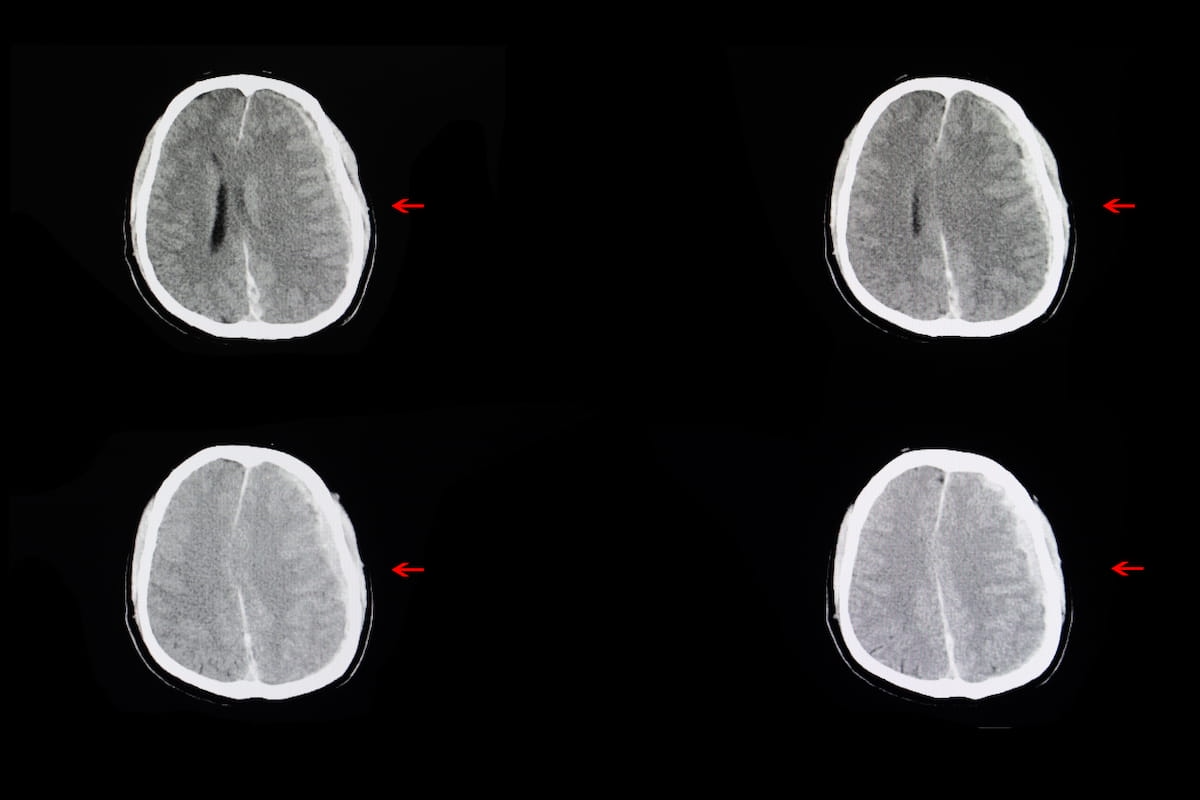FDA Clears AI Advance for Detecting Intracranial Hemorrhage on Non-Contrast CT
The AI-powered Heuron ICH software reportedly has an 86 percent sensitivity rate for diagnosing intracranial hemorrhage on computed tomography (CT) scans.
The Food and Drug Administration (FDA) has granted 510(k) clearance for Heuron ICH, an artificial intelligence (AI)-enabled software that may facilitate timely detection and triage of intracranial hemorrhages.
Through interpretation of non-contrast computed tomography (CT) scans, Heuron ICH offers an 86 percent sensitivity rate and an 88 percent specificity rate for intracranial hemorrhage, according to Heuron, the developer of Heuron ICH.
For diagnosing intracranial hemorrhages on non-contrast CT, the newly FDA-cleared Heuron ICH offers an 86 percent sensitivity rate and an 88 percent specificity rate. (Images courtesy of Adobe Stock.)

Heuron maintained that Heuron ICH facilitates rapid detection of intracranial hemorrhages and can diagnose minute hemorrhages that may evade radiologist detection.
The company noted that Heuron ICH is Heuron’s fifth AI software to garner FDA clearance.
"Securing this product approval marks a significant milestone, facilitating our swift penetration into the U.S. market,” noted Donghoon Shin, the CEO of Heuron. “Our commitment extends beyond this achievement as we endeavor to expand our portfolio of FDA-approved medical solutions. We are dedicated to optimizing the utilization of Heuron's diverse offerings within U.S. clinical environments, particularly for emergency patient care."
GE HealthCare Debuts AI-Powered Cardiac CT Device at ACC Conference
April 1st 2025Featuring enhanced low-dose image quality with motion-free images, the Revolution Vibe CT system reportedly facilitates improved diagnostic clarity for patients with conditions ranging from in-stent restenosis to atrial fibrillation.
New Collaboration Offers Promise of Automating Prior Authorizations in Radiology with AI
March 26th 2025In addition to a variety of tools to promote radiology workflow efficiencies, the integration of the Gravity AI tools into the PowerServer RIS platform may reduce time-consuming prior authorizations to minutes for completion.